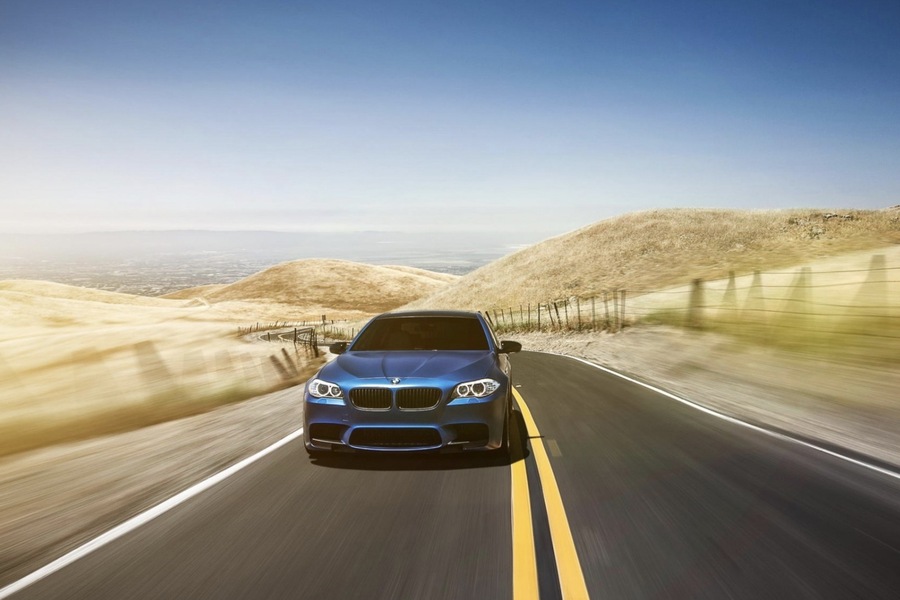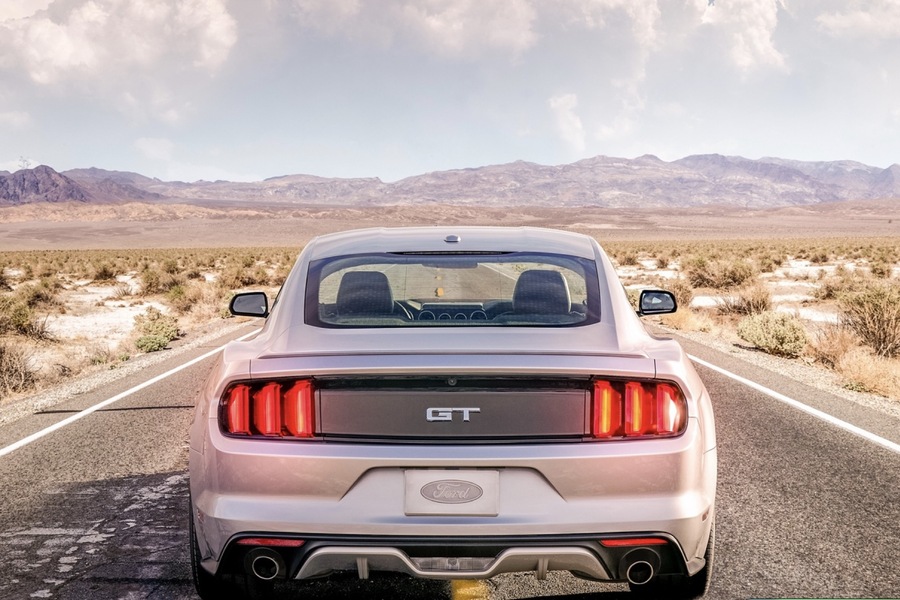Renting a Mustang is an exhilarating experience, especially in a country like Australia, known for its diverse road conditions and scenic landscapes. Whether you’re planning a coastal drive along the Great Ocean Road, a road trip through the Outback, or a city cruise in Sydney or Melbourne, preparing your rented Mustang for these varying conditions is essential for a safe and enjoyable ride. This article will cover key aspects to consider when getting your Mustang ready for Australian roads, ensuring you’re equipped for everything from smooth highways to rugged terrain.
Understanding Australia’s Unique Road Conditions
Australia offers a mix of road conditions, from well-maintained highways to less-traveled gravel and dirt roads. Urban areas typically have well-developed road networks, but if you venture into rural or outback regions, you might encounter roads that are uneven, unsealed, or even subject to seasonal flooding. Understanding these variations is crucial when preparing your Mustang. Always check local traffic and weather conditions before heading out, especially if you’re planning to explore beyond the cities. Resources like the Australian Government’s Bureau of Meteorology and Australia’s Department of Infrastructure, Transport, Regional Development and Communications offer up-to-date road and weather information.
Choosing the Right Mustang Model for Your Journey
Before you begin your trip, choose a Mustang model that suits your driving plans. Convertibles are ideal for coastal drives and warm weather, providing an immersive experience with open-top views. However, if you’re heading into areas with unpredictable weather or rougher terrain, a hardtop Mustang with better traction and stability may be more appropriate. Dream Car Rental offers a variety of Mustang models, allowing you to select one that fits your specific travel needs. Make sure to clarify your intended route and any expected road conditions with the rental company, ensuring that your chosen vehicle is equipped for the journey.

Checking Tire Pressure and Condition
Tires play a vital role in ensuring safety and handling, particularly on diverse road surfaces. Before setting off, inspect the tire pressure and condition. Uneven wear or low tread depth can compromise traction, especially on slippery or unsealed roads. Ensure that all tires, including the spare, are inflated according to the manufacturer’s recommendations, which can be found in the vehicle’s manual or on the door frame. Under-inflated or over-inflated tires can reduce fuel efficiency and increase the risk of blowouts. The Royal Automobile Club of Queensland (RACQ) provides a detailed guide on tire safety and maintenance relevant to Australian driving conditions.
Ensuring Proper Fluid Levels and Engine Health
Before taking your Mustang on the highway, check all essential fluid levels, including engine oil, transmission fluid, brake fluid, and coolant. Low levels can affect the vehicle’s performance and increase the risk of breakdowns, particularly in hot and arid regions like the Outback. Also, ensure that windshield wiper fluid is topped up, as dust and dirt can accumulate quickly on the windshield in dry areas. Regularly monitor the vehicle’s temperature gauge while driving, especially during long trips in remote areas, to avoid overheating. If the gauge shows a higher than usual temperature, pull over safely and let the engine cool down before proceeding.
Adapting to Different Speed Limits and Driving Laws
Australia’s speed limits and road rules can vary significantly between states and territories. In urban areas, speed limits are typically 50 km/h unless otherwise posted, while highways usually have limits between 100 to 110 km/h. In the Northern Territory, some sections have unrestricted speed zones, but these are rare. It’s crucial to adhere to speed limits, as penalties for speeding are strict and can include hefty fines and license suspensions. Familiarize yourself with local road laws by visiting the Australian Road Rules Handbook. Also, remember that all states enforce strict drink-driving laws, with the legal blood alcohol limit usually set at 0.05%.
Preparing for Unsealed and Gravel Roads
If you plan to drive your rented Mustang on unsealed or gravel roads, take extra precautions. These surfaces can be slippery, especially after rain, and require a slower speed to maintain control. Avoid sudden braking or sharp turns, as these can cause skidding. Lowering your tire pressure slightly can improve grip on loose surfaces, but be sure to reinflate them to the recommended level once back on sealed roads.
Managing Wildlife Hazards
Australia’s vast landscapes are home to diverse wildlife, and encountering animals such as kangaroos, wombats, or emus on the road is not uncommon, especially at dawn or dusk. To minimize risks, avoid driving during these times if possible, or reduce your speed and remain vigilant. In areas marked as wildlife zones, keep an eye out for animal crossings. If you spot wildlife near the road, slow down and be prepared to stop, as animals can act unpredictably. For further guidance on wildlife hazards, the National Roads and Motorists’ Association (NRMA) offers useful tips for safe driving in wildlife-prone regions.
Carrying Safety and Emergency Equipment
Always ensure that you have the necessary safety and emergency equipment in your possession, regardless of the condition of the Mustang you rented. This comprises a spare tire, rudimentary tools, a flashlight, and a first aid kit. Extra fuel, water, and a portable air compressor can be lifesaving in remote regions. Renting or purchasing a satellite phone may be advantageous when traveling through regions with inadequate mobile coverage.
Navigating Seasonal Weather Changes
Australia’s weather can vary dramatically across different regions and seasons. The northern parts experience a tropical climate, while the southern regions have a more temperate climate. Be prepared for sudden weather changes, such as heavy rain or extreme heat. Avoid driving through flood-prone areas during the wet season, as roads can become impassable quickly. For real-time weather updates and road closure information, refer to the Bureau of Meteorology’s website and plan your route accordingly. If severe weather is forecasted, consider postponing or altering your trip.
Fuel Efficiency and Fuel Availability Considerations
Mustangs are performance vehicles, and their fuel consumption is generally higher compared to regular cars. Plan your fuel stops carefully, especially if driving in rural or remote areas where service stations may be few and far between. Always fill up the tank before leaving urban areas and keep a note of where fuel stations are located along your route. The Australian Automobile Association (AAA) provides a directory of fuel stations and their current prices, making it easier to manage your fuel expenses.


Ensuring a Comfortable Ride: Adjusting Seats, Mirrors, and Controls
Comfort is essential for long drives. Adjust the seats, steering wheel, and mirrors to ensure a comfortable driving position and maximum visibility. Familiarize yourself with the car’s controls, including headlights, turn signals, and windshield wipers, before starting your journey. This preparation will help you stay focused on the road and reduce distractions while driving. Additionally, check that all lights, including brake lights and indicators, are functioning correctly, as this is crucial for safe driving on poorly lit roads or during adverse weather conditions.
Planning Your Route and Sharing It with Others
Before setting off, map out your route using reliable navigation tools like Google Maps or a dedicated GPS device. Include rest stops, fuel stations, and points of interest in your itinerary. Share your travel plan with a friend or family member, especially if driving in remote areas, so someone is aware of your whereabouts. In areas with limited cell coverage, consider downloading offline maps or carrying a physical map as a backup. This foresight can be invaluable if your GPS device fails or if you need to take a detour.
Final Inspection Before Hitting the Road
Before hitting the road, conduct a final inspection of your rented Mustang. Check that all lights are functioning, mirrors are properly adjusted, and the tire pressure is at the recommended level. Verify that essential documents, such as the vehicle registration and insurance papers, are present in the car. Ensure the fuel tank is full and the emergency equipment is in place. Taking these simple precautions will give you peace of mind and help ensure a smooth journey.
Conclusion
Whether you’re planning a quick city ride or an extended trip through Australia’s scenic landscapes, thorough preparation is key to enjoying a safe and memorable experience in your rented Mustang. By understanding road conditions, adhering to local laws, and equipping yourself for various scenarios, you can make the most out of your Mustang rental adventure with Dream Car Rental.

Baseball fan, shiba-inu lover, guitarist, reclaimed wood collector and doodler. Operating at the junction of art and programing to create not just a logo, but a feeling. I’m fueled by craft beer, hip-hop and tortilla chips.
